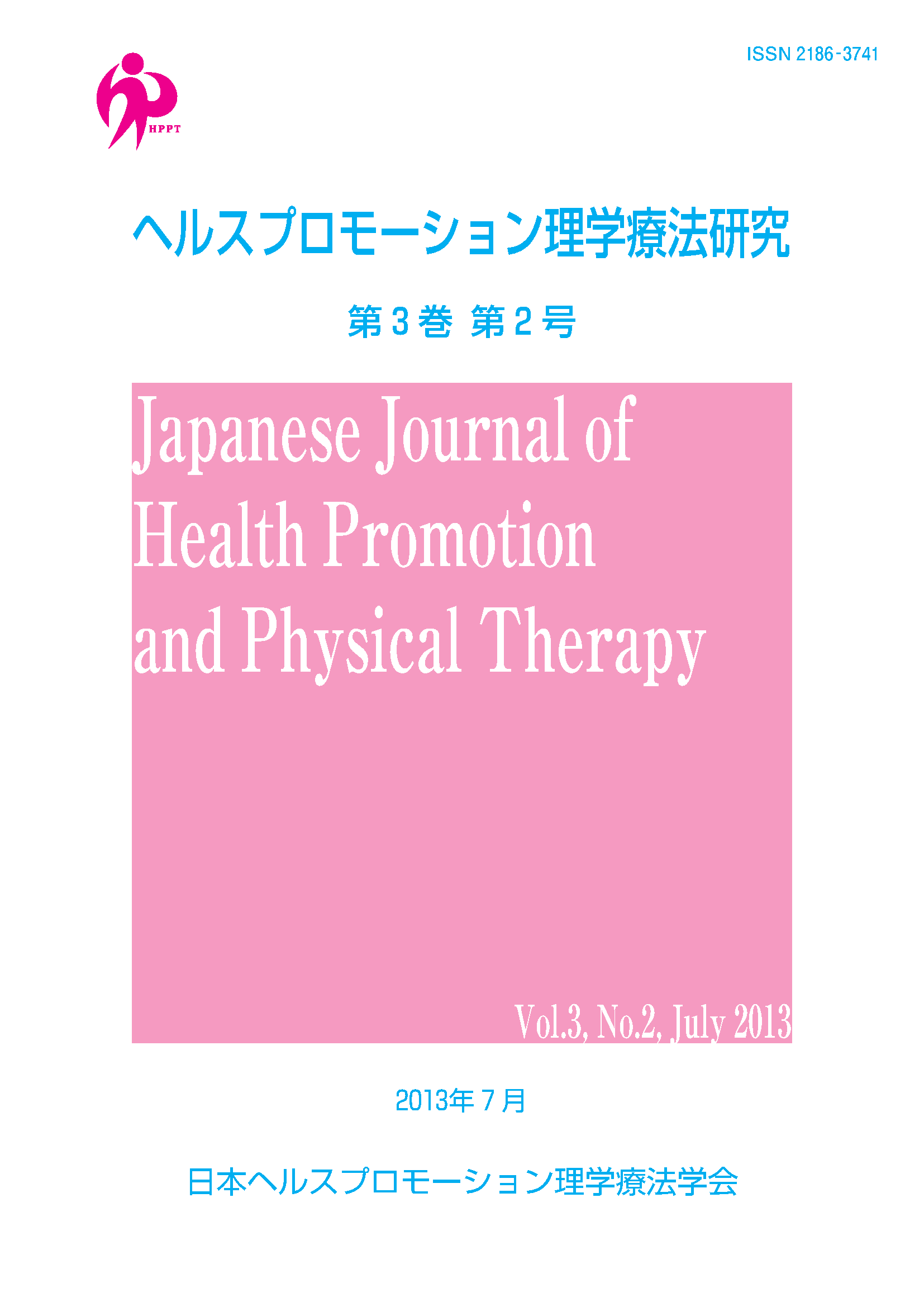Volume 3, Issue 2
Displaying 1-7 of 7 articles from this issue
- |<
- <
- 1
- >
- >|
ORIGINAL ARTICLES
-
2013Volume 3Issue 2 Pages 47-51
Published: 2013
Released on J-STAGE: October 08, 2013
Download PDF (249K) -
2013Volume 3Issue 2 Pages 53-57
Published: 2013
Released on J-STAGE: October 08, 2013
Download PDF (303K) -
2013Volume 3Issue 2 Pages 59-63
Published: 2013
Released on J-STAGE: October 08, 2013
Download PDF (349K)
SHORT REPORT
-
2013Volume 3Issue 2 Pages 65-69
Published: 2013
Released on J-STAGE: October 08, 2013
Download PDF (275K) -
2013Volume 3Issue 2 Pages 71-75
Published: 2013
Released on J-STAGE: October 08, 2013
Download PDF (323K)
FIELD REPORT
-
2013Volume 3Issue 2 Pages 77-81
Published: 2013
Released on J-STAGE: October 08, 2013
Download PDF (371K)
CASE REPORT
-
2013Volume 3Issue 2 Pages 83-86
Published: 2013
Released on J-STAGE: October 08, 2013
Download PDF (253K)
- |<
- <
- 1
- >
- >|
